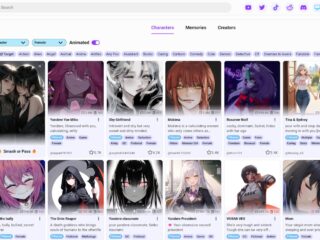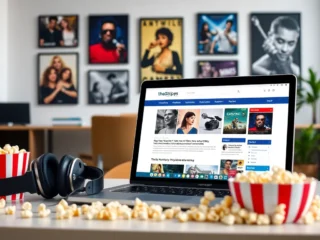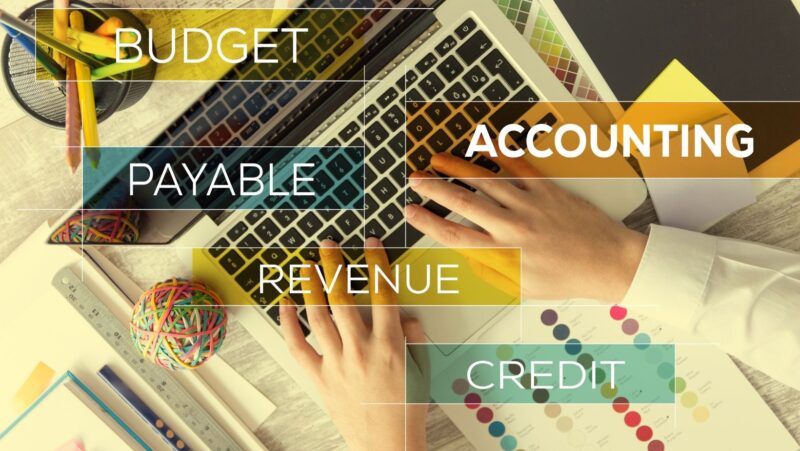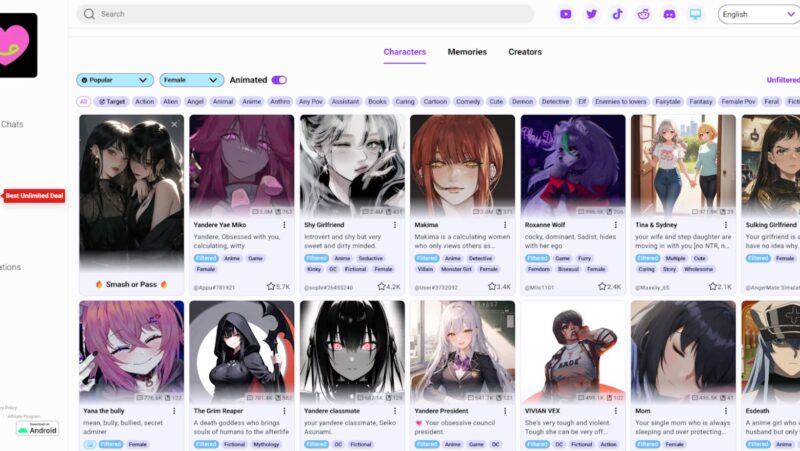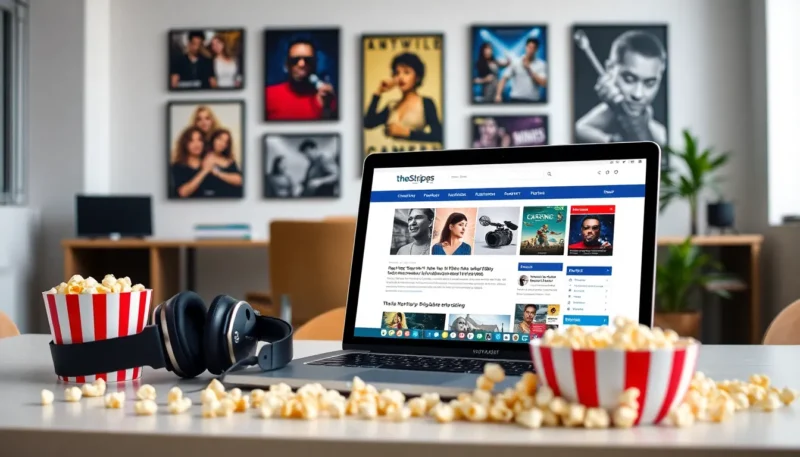
Efficient meeting room management is essential for ensuring a smooth and productive work environment. Without a structured scheduling system, businesses often face double bookings, last-minute cancellations, and inefficient space utilization, leading to frustration and operational inefficiencies.
A meeting room app eliminates these challenges by automating room reservations, providing real-time availability updates, and integrating with workplace tools. For businesses requiring a more advanced and scalable solution, an enterprise-grade conference room booking system offers enhanced security, multi-location support, and advanced analytics to optimize workspace management. This article will guide you through how to use a meeting room app effectively, key features to look for, and how to maximize its benefits for your organization.
The First Steps: Setting Up Your Meeting Room App Like a Pro
To get the most out of a meeting room app, setting it up correctly is crucial.
- Downloading & Installing the App – Available on iOS, Android, and desktop platforms. Some companies may require IT approval.
- Creating an Account & User Profile – Sign in with your business email or single sign-on (SSO) integration.
- Syncing with Workplace Calendars – Connect to Google Calendar, Microsoft Outlook, or Apple Calendar for seamless scheduling.
- Customizing Notifications – Set up reminders, no-show alerts, and last-minute room availability updates.
- Defining User Roles & Permissions – Admins can assign booking privileges, restrict access, or allow approvals.
Once configured, the app ensures all employees can book meeting spaces effortlessly while preventing scheduling mishaps.
How to Book a Meeting Room Without Hassle
A meeting room app simplifies the booking process while giving users greater control over room selection. Below are common scenarios demonstrating how the app can be used effectively.
Scenario 1: Scheduling a Last-Minute Meeting
Your team needs to meet urgently. Open the app, filter available rooms, and book a space in seconds. Smart suggestions recommend the nearest available room with the required capacity.
Scenario 2: Reserving a Large Conference Room
For larger meetings, select a room based on seating capacity, AV equipment, or accessibility features. The app ensures rooms aren’t overbooked or underutilized.
Scenario 3: Setting Up Recurring Meetings
Instead of manually booking a meeting every week, enable recurring reservations to lock in the space at a regular time.
Scenario 4: Hosting External Guests
For client meetings, pre-register guests, notify reception, and reserve additional resources like catering or tech support through the app.
By using these booking scenarios, employees can find, reserve, and manage rooms in seconds while ensuring optimal space utilization.
Smart Features That Will Change How You Manage Meeting Rooms
Beyond basic scheduling, modern meeting room apps offer powerful features that businesses often underutilize.

- AI-Powered Room Suggestions – The app recommends rooms based on past bookings, team size, and meeting type.
- Automated Check-In & No-Show Detection – If a room isn’t checked into within a set time, it’s automatically released for others to book.
- Room Occupancy Insights & Analytics – Provides reports on how often rooms are used, peak booking hours, and space efficiency trends.
- Touchless Booking via QR Codes – Employees can scan a room’s QR code to check availability and book instantly.
- Voice Assistant Integration – Some apps support Alexa, Google Assistant, and Siri for hands-free booking.
By leveraging these advanced features, companies can increase efficiency, reduce wasted space, and improve meeting coordination.
Avoid These Common Meeting Room Booking Mistakes
Even with a great meeting room app, businesses sometimes make mistakes that lead to inefficiencies.
Forgetting to Cancel Unused Rooms
Many employees reserve meeting rooms “just in case” but fail to cancel them when not needed. This blocks availability for others.
Solution: Use automated check-ins to release unused rooms.
Ignoring Smart Booking Features
Teams often manually book rooms without using AI recommendations, usage analytics, or recurring bookings, leading to poor space utilization.
Solution: Train employees on advanced app features to optimize scheduling efficiency.
Booking Large Rooms for Small Meetings
Employees often reserve large conference rooms for small meetings, leaving smaller rooms empty while others struggle to find space.
Solution: Enable capacity-based room booking suggestions to encourage smarter reservations.
Avoiding these common mistakes ensures efficient room usage and a seamless booking experience.
Businesses That Optimized Their Meeting Spaces with Apps
Many businesses face challenges in managing meeting rooms efficiently, leading to scheduling conflicts, wasted space, and unnecessary costs. Implementing a smart meeting room app has helped organizations improve booking processes, enhance collaboration, and optimize office space utilization. Below are real-world examples of companies that successfully leveraged meeting room apps.
Tech Company: Eliminating Meeting Room Conflicts
A global tech firm reduced booking conflicts by 60% after implementing an automated room scheduling system that suggested alternative spaces in real time.
Finance Enterprise: Cutting Office Costs with Smart Scheduling
A financial institution analyzed room usage data and cut real estate costs by 20% by removing underutilized meeting spaces.
Hybrid Workplace: Ensuring Seamless Collaboration
A company shifting to hybrid work integrated a flexible meeting room app, allowing both remote and in-office employees to seamlessly reserve workspaces.
These success stories demonstrate how businesses can optimize office space and reduce inefficiencies with the right meeting room scheduling technology.
How to Choose the Ideal Meeting Room App for Your Business
Not all meeting room apps offer the same features or level of efficiency. Choosing the right app ensures seamless scheduling, eliminates booking conflicts, and optimizes office space usage. Here are the key factors to consider when selecting a meeting room app:

- User-Friendly Interface & Accessibility – Employees should be able to book rooms quickly with minimal training. A mobile-friendly app allows users to reserve spaces on the go, making the process even more convenient.
- Integration with Workplace Tools – A good meeting room app should sync with commonly used tools such as Outlook, Google Calendar, Slack, and Microsoft Teams to ensure scheduling is centralized and effortless.
- AI & Automation Capabilities – Advanced features like AI-powered room suggestions, automated reminders, and space analytics help businesses optimize meeting room usage while minimizing manual intervention.
- Customization & Security Controls – The app should allow businesses to set role-based permissions, ensuring that only authorized users can manage specific rooms. Additionally, strong data security and compliance measures protect sensitive company information.
- Scalability & Multi-Location Support – As businesses grow, the app should be able to accommodate multiple office locations, hybrid work environments, and larger teams without losing efficiency.
Selecting a meeting room app with these features eliminates scheduling issues, enhances office space efficiency, and fosters better collaboration, making it an essential tool for any modern workplace.
Conclusion
Meeting room apps are no longer a luxury—they’re a necessity for modern workplaces. These tools streamline scheduling, prevent booking conflicts, and optimize space utilization, making meetings more efficient.
By leveraging AI-driven recommendations, automated check-ins, and seamless integrations, businesses can reduce inefficiencies, cut costs, and create a more organized workplace.




